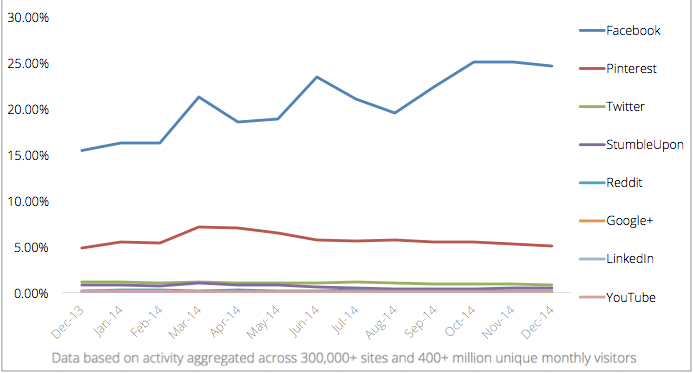The Social Data that you have managed to gather till date is the most valuable marketing assets you’ll ever have. It can provide you ideas for the foundation for any strategy and also help you in optimizing any program. So what exactly should marketers pay attention to when it comes to these stats? How to start
The Social Data that you have managed to gather till date is the most valuable marketing assets you’ll ever have. It can provide you ideas for the foundation for any strategy and also help you in optimizing any program. So what exactly should marketers pay attention to when it comes to these stats? How to start taking advantage of them in more result-oriented ways?
Now let’s take a look at some of these key data metrics.


- Outliers
The most valuable indicator is outliers, used within your data sets. While extracting raw data from one of your data sources like social channels or tools, analyzing your data for outliers, within a 5-10% margin of error, will give you worthy insights into where you are seeing certain successes.
In regard to what kind of data sets you need to be monitoring for outliers depends entirely on what you are trying to understand. You can even monitor for outliers in your engagement statistics, conversions, or audience data. Basically, any isolated data set can undergo this efficient analysis.
- Audience Clusters
Another exciting aspect of social media is the level of details provided by your audience. When it comes to the audience’s social media profiles, you actually get info about your audience that you didn’t even expect to know. When you scale it up with audiences running in several thousand or even more, it shows that the ability to create small audience clusters falls in few specific, hyper-targeted pools of information.
Once you identify an effective campaign, you should analyze the tricky demands of the engaged audience. This will help you provide a good foundation for things like content strategies and editorial calendars. Observe the converting audience and see where correlations appear that can help you better position your brand for the highest ROI.
- Budget Optimization
Again, this is a very vital component. Your social data offers you deep insights on how to maximize your advertising budgets for better returns. There are many tools that provide budget optimization in an automated form, but sometimes manual support may be needed.
If you are advertising on Facebook, Twitter, or LinkedIn, your goal is to gather new customers. The goal here is to drive results and exhaust your budget quickly to influence further investment. With manual bidding strategies, paying attention to cost-per-click bid and slowly adjusting to extract every bit of potential is focused on.
Where this approach has been used, cost-per-click averages have been leveled, while the total click volume rate has managed to increase over time as opposed to the more likely trend of decreasing over time.
The idea behind leveraging your data this way is quite simple and logical, “Why pay per click that can cost you ten cents?” This data is indeed valuable and can help optimize your entire strategy. The elements given above will help you improve your strategies and give more efficient results.

